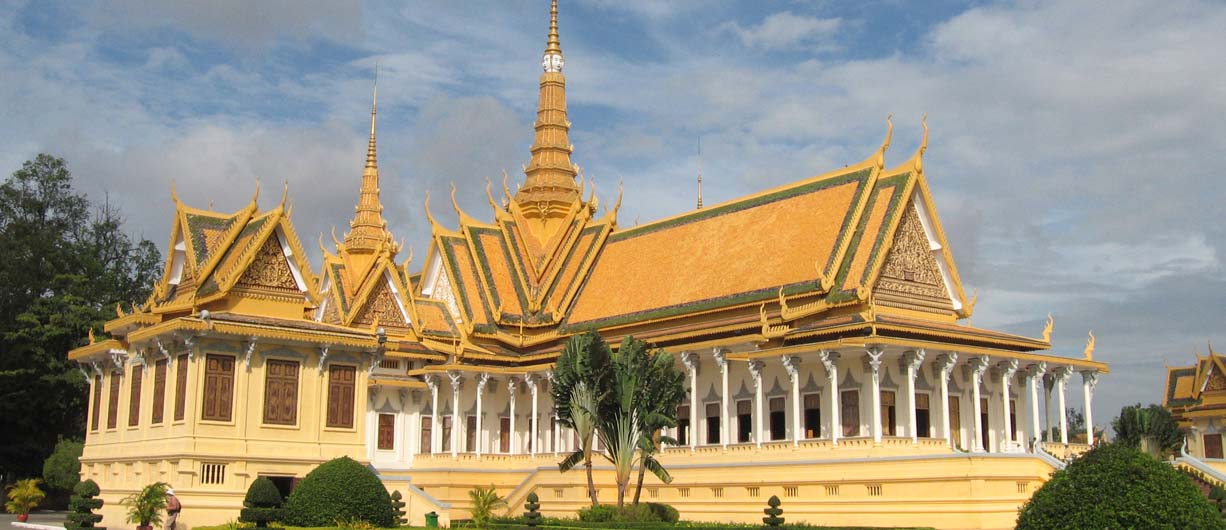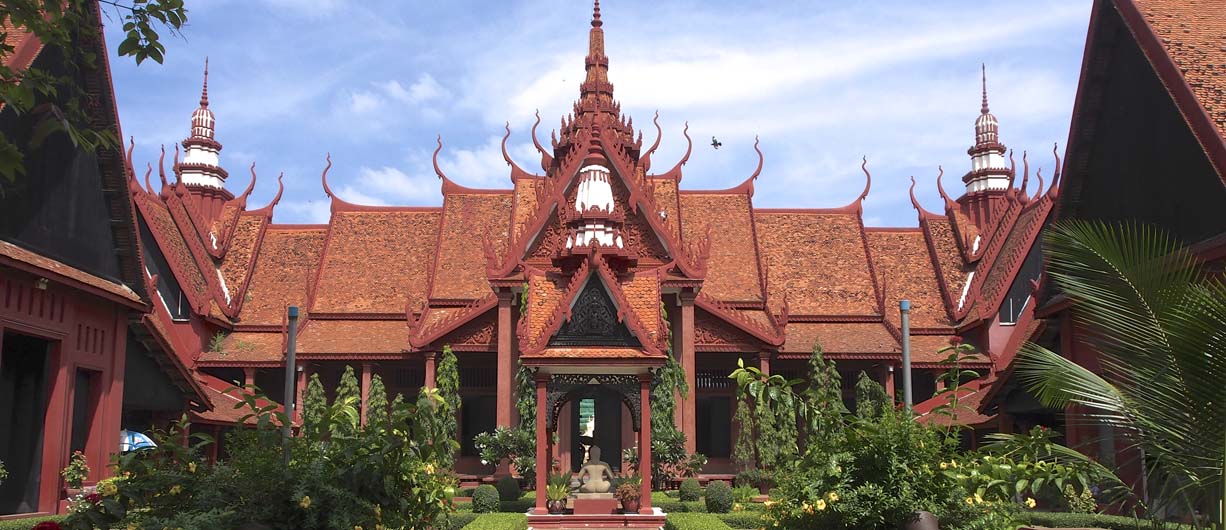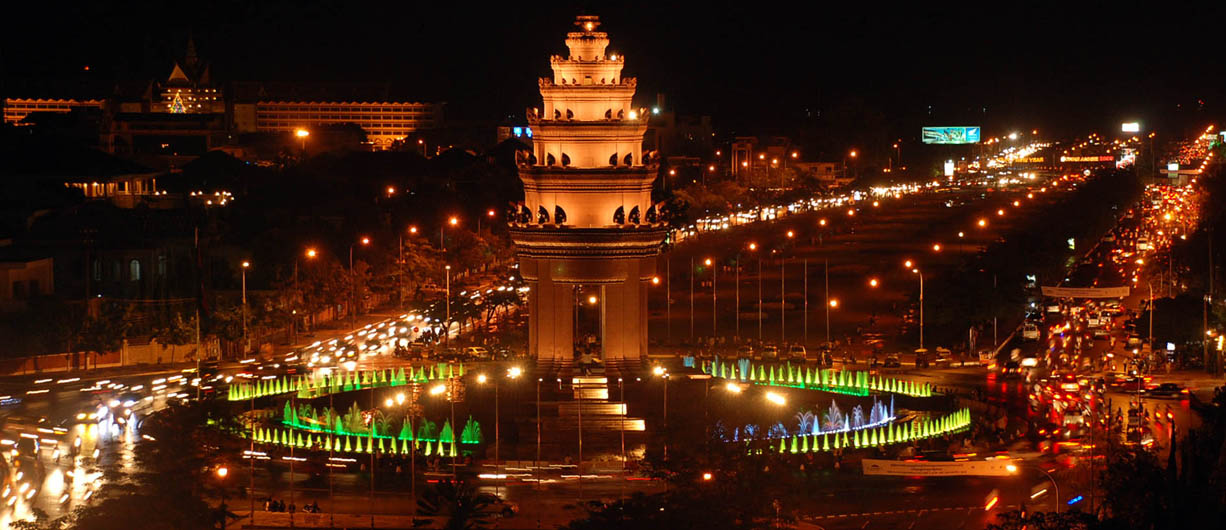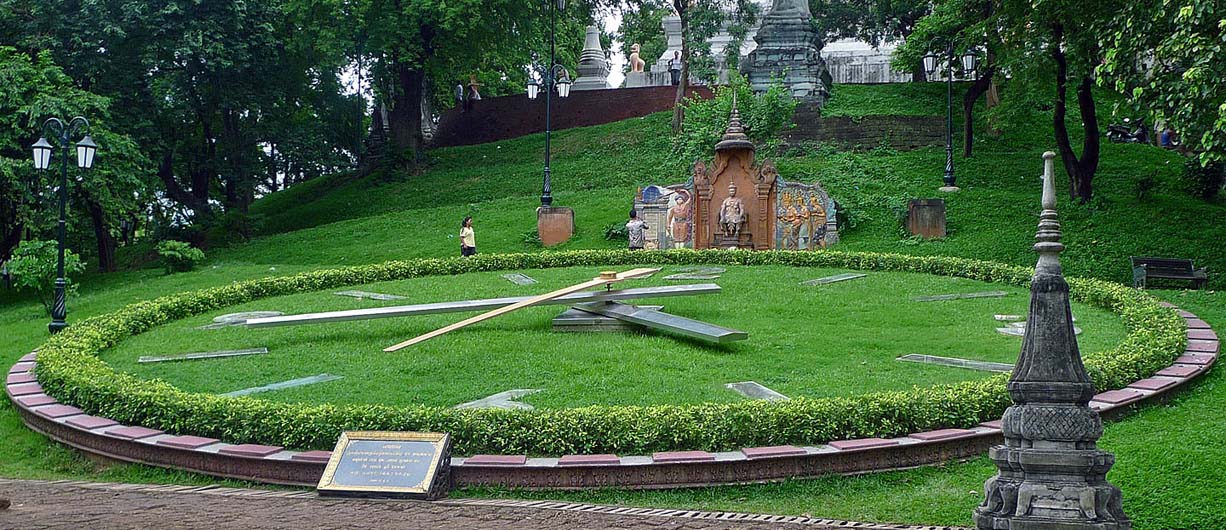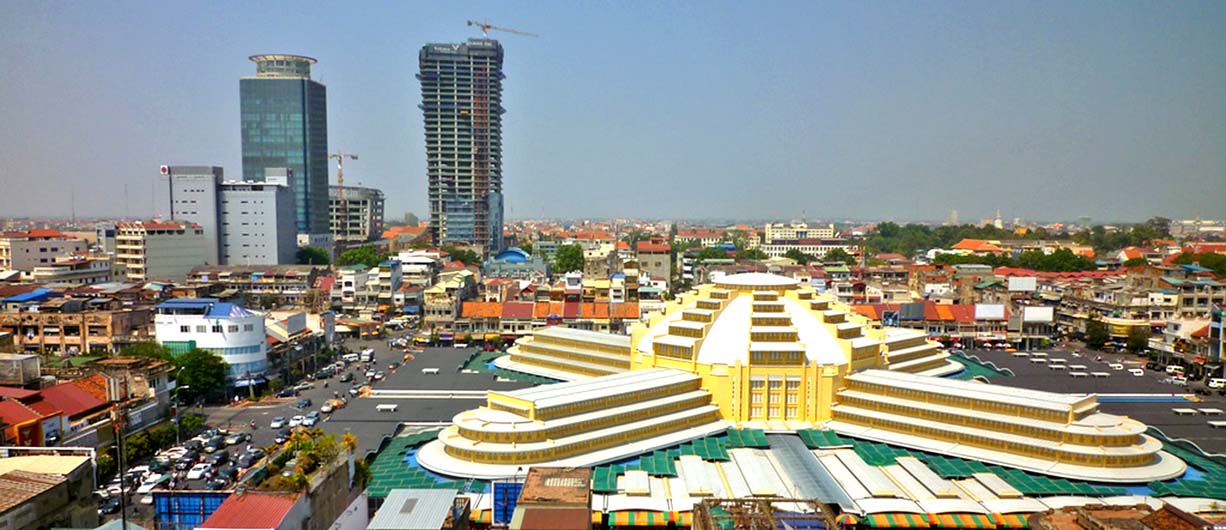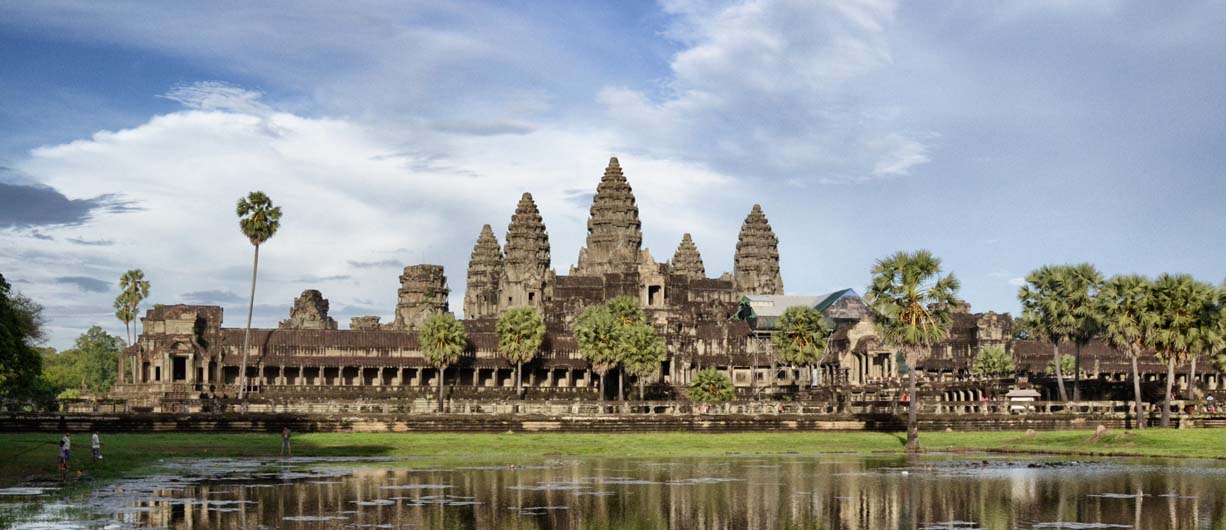ATTRACTIONS
Unveiling the Traditions and Cultures of Cambodia
Most Phnom Penh’s historical places were built hundreds of years ago and are being carefully restored time after time. Phnom Penh’s points of interest are largely historical and cultural, but they are only part of exploring the city. Exotic shopping, unique dining, indulgent spas and a fair bit of nightlife complete the Phnom Penh experience.
Sites and Attractions to visit in Cambodia
WAT PHNOM (Wat Phnom Daun Penh)
Wat Phnom is the symbol of the capital city, Phnom Penh. It was believe that Daun Penh found a trunk floating on the river with 4 Buddha’s inside. She then decided to create a sacred shrine for the statues; people then started to gather around it and eventually became the city it now is. The name Phnom Penh was derived from Khmer word Phnom means hill and Penh is of course from the lady.
ROYAL PALACE
The Royal Palace was known to be the Citadel of King Ponhea Yat (1393-1463). It was rebuilt to its present state in 1886 when King Norodom (1834-1904) relocated the capital from Oudong Mountain to Phnom Penh. The buildings with beautiful towering spires are great example of classic Khmer architecture. The street noises are silenced by the high walls surrounding the compound. Visitors can gain entry to the Throne Hall, Temple of Emerald Buddha, Royal Dining Hall, Chan Chhaya Pavilion and a French-style building that was a gift from Napoleon.
SILVER PAGODA
The Silver Pagoda is also known as the Preah Viheat Preah Keo Morokat (Emerald Pagoda) lies within the grounds of the Royal Palace. It was initially constructed in 1892 and only rebuilt in 1962 using 5300 pcs of 1.125 kg of silver tiles to cover its floor which weighs 6 tons. There are 1650 items on display at the temple which includes cast gold headdresses, solid gold Buddha statues, gifts from royalties and dignitaries from around the world, jewelries and precious antiques.
PHSAR THMEY (Central Market)
Phsar Themy is a unique old colonial style building constructed in 1937. Its location was a former lake known as Beng Decho. It features stylish Art Décor rotunda with wings extended in 4 different directions symbolizing the Chaktomouk (Confuence of 4 rivers). These were constructed without obstructing pillars. The beamless dome symbolizing the economic center is said to be the biggest in the world.
PHSAR TOUL TUM POUNG (Russian Market)
Phsar Toul Tum Poung is often referred to as Russian Market because of its popularity among Russian expatriates in 1980’s. Filled with collections of genuine antiques, souvenir items, and clothing, a handful of air-conditioned “export” shops have cropped up that offer over-run designer clothing at hugely discounted prices. This market is popular among tourists.
NIGHT MARKET
The night market in Phnom Penh, located in front of Phsar Chas (Old Market) near the riverside is perpetually crowded with tourists in search of good bargain. There are more than 150 stalls selling items from clothing and ornaments to furniture and souvenirs. The entire setting is made from natural material and there are occasionally concerts and entertainment acts.
RIVERFRONT
The riverfront offers some of the city’s most interesting galleries, restaurants, bars, cafes and shops that sit along one side of Sisowath Quay overlooking the Chaktomuk (Confluence of Tonle Sap, Mekong and Bassac rivers). The park like area is where the locals usually unwind, enjoy afternoon stroll and watch sunrise and sunsets.
RIVER CRUISE
The mighty Mekong River is indeed, in more ways than one, the lifeline that runs through the heart of Southeast Asia. Tourists are urged to explore these timeless waterways by taking a cruise up the mighty Mekong and discover the amazements at the center of the Tonle Sap Lake, where a large
TOUL SLENG GENOCIDE MUSEUM (S-21)
Prior to 1975, Toul Sleng was a high school. When the Khmer Rougr came to power, it was converted into S-21 prison and interrogation facility. Inmates were systematically tortured to extract confessions after which they were executed in Killing Fields of Choeung Ek. S-21 processed 17,000 people and less than a dozen survived. The building now serves as a museum.
CHOEUNG EK MEMORIAL (The Killing Fields)
Located at about 17km south of Phnom Penh, Choeung Ek was once an orchard and Chinese graveyard. It was used by Khmer Rouge regime as an execution ground between 1975-1979. Mass graves, contains thousands of bodies, and were discovered at Choeung Ek after the fall of the Khmer Rouge regime. Many of the dead were inmates of S-21 prison. Today, Choeung Ek is a memorial, marked by a Buddhist stupa which contains more than 5000 human skulls.
STREET 240
The 240 avenue harbors a unique collection of quality boutiques and souvenirs shops offering Cambodian silk fashions, arts, handicrafts, furniture, bars, cafes and restaurants, wine shops and bookstores. Most shops are concentrated between St 19 and Norodom Blvd. At the corner of the Street 240 next to the Royal Palace lies the very photogenic building of the Ministry of Council. On the south side of the street you will find the well preserved Colonial era Villas.
INDEPENDENCE MONUMENT
(Khmer"Vimean Akareach") in Phnom Penh, capital of Cambodia, was built in 1958 for Cambodia's independence from France in 1953. It stands on the intersection of Norodom Boulevard and Sihanouk Boulevard in the centre of the city.
STREET 178
Street 178 has long been known as “Art Street” for the local sculpture shops and art galleries that line the road near National Museum and Royal university of Fine Arts. Sculptures works on the street next to Wat Sarawan and the local galleries clustered near the Museum, focusing on commercial and popular Cambodian arts. At the end of street 278, toward the river, there are several restaurants and bars including the famous FCC.






